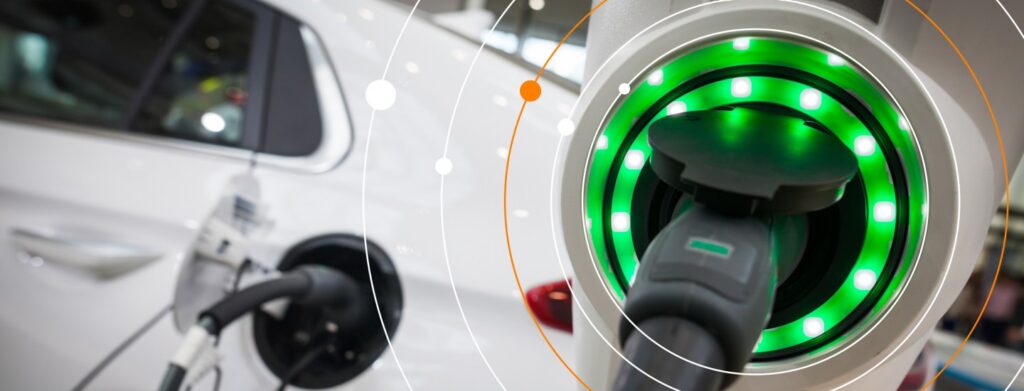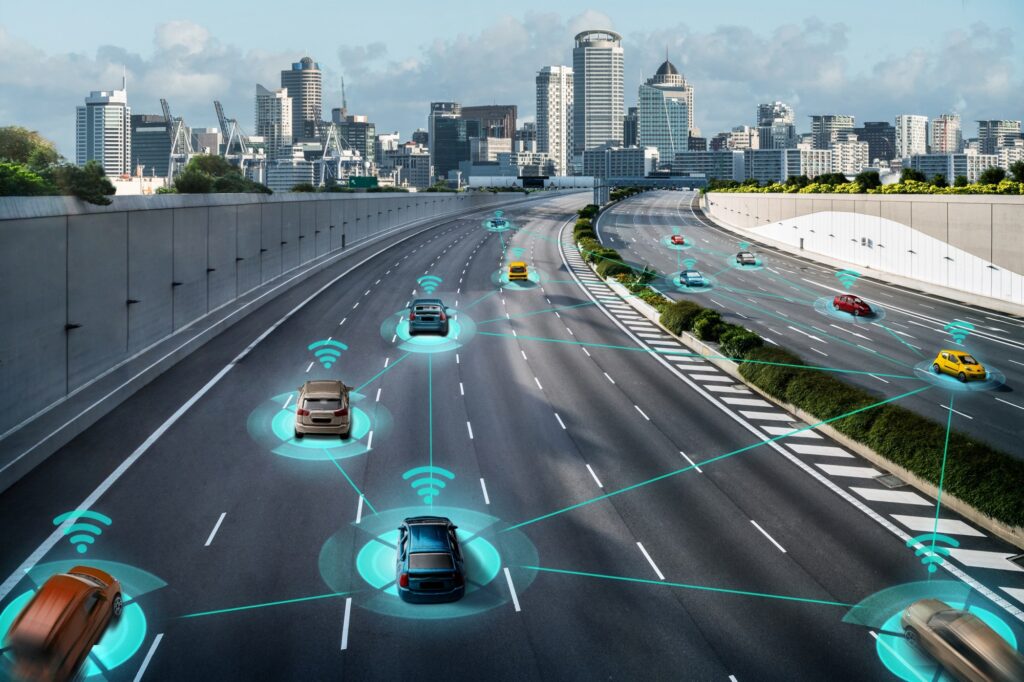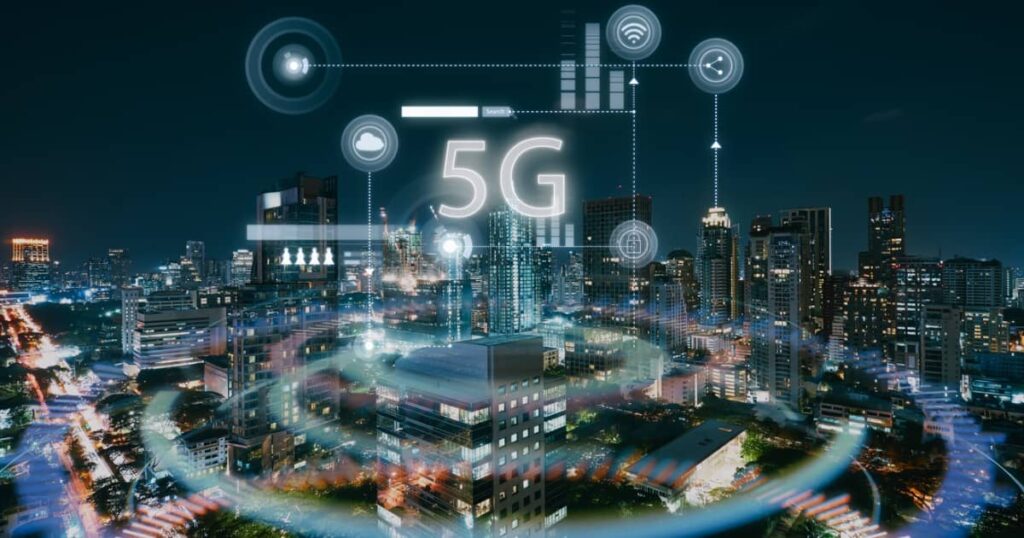Reshaping the Automotive Retail Experience: Revolutionizing the Way You Buy Cars
Automotive retail experience is being reshaped to enhance customer satisfaction and drive sales through innovative approaches and technology integration. We will explore the emerging trends and strategies transforming the automotive retail industry, providing valuable insights on how car dealerships can adapt and thrive in this evolving landscape. From virtual showrooms to personalized online experiences, these advancements aim to create a seamless and efficient car buying process while also addressing the changing needs and preferences of today’s consumers. With the boom of e-commerce and digitalization, it is crucial for automotive retailers to embrace these changes and leverage technology to deliver exceptional customer experiences both online and offline. By understanding and implementing these strategies, car dealerships can stay ahead of the competition and provide a more engaging, convenient, and tailored experience to their customers. The Evolution Of Car Buying Experience The automotive retail experience has undergone a significant transformation in recent years. Gone are the days of solely relying on in-person dealership visits and lengthy negotiations. With advancements in technology, the car buying experience has shifted towards a more digital approach, offering convenience, efficiency, and an immersive way to explore and purchase a vehicle. Online Car Shopping: Convenience Meets Efficiency Today, car shopping can be done from the comfort of your own home thanks to online platforms and marketplaces. The convenience of browsing through a vast inventory of vehicles, comparing prices, and reading customer reviews all in one place has revolutionized the way we shop for cars. Not only does this save us time and energy, but it also allows us to make informed decisions about which vehicle best suits our needs and budget. Digital Showrooms: A Glimpse Into The Future Imagine being able to explore a virtual showroom where every vehicle is at your fingertips. Digital showrooms provide a glimpse into the future of car buying, offering a rich and interactive experience. With 3D models and detailed specifications, potential buyers can now examine every aspect of a vehicle without having to visit a physical dealership. This not only saves time but also enhances the overall shopping experience, as customers can get a closer look at the features and design of the vehicle from every angle. Virtual Test Drives: Immersive And Risk-free Gone are the days of blindly test driving a car before making a purchase. Virtual test drives have emerged as a game-changer, allowing customers to experience the thrill of driving a specific vehicle without leaving their home. Through virtual reality technology, potential buyers can take a simulated ride and get a realistic sense of the car’s performance, handling, and interior features. This immersive experience provides a risk-free opportunity to ensure that the chosen car matches their expectations, making the decision-making process more informed and confident. Streamlined Financing: Simplifying The Purchase Process Traditionally, financing a car involved multiple visits to banks or dealing with repetitive paperwork at the dealership. However, the evolution of the automotive retail experience has brought forth streamlined financing options. Online applications, pre-approval processes, and digital signatures have become the norm, simplifying and expediting the purchase process. This not only saves time but also provides transparency and flexibility for customers to find the most suitable financing options. Revolutionizing Customer Engagement Technology has completely reshaped the automotive retail experience, transforming the way customers engage with brands and make purchasing decisions. Gone are the days of traditional showrooms and pushy salespeople. Today, the focus is on enhancing customer connections and creating personalized experiences that cater to individual needs and preferences. In this blog post, we will explore some of the key elements that are revolutionizing customer engagement in the automotive industry. Personalized Recommendations: Tailoring The Experience In a world where personalization is key, automotive retailers are leveraging advanced data analysis and artificial intelligence to provide customers with personalized recommendations. By analyzing a customer’s previous interactions, preferences, and purchase history, retailers can tailor the shopping experience to their specific needs and interests. Gone are the days of generic offers and recommendations. With personalized recommendations, customers feel valued and understood, increasing their confidence in making a purchase decision. Whether it’s suggesting similar models based on previous browsing history or offering customized finance options, personalization ensures that customers find exactly what they are looking for. Augmented Reality In Car Customization: Bringing Dreams To Life Car customization has always been an exciting part of the automotive retail experience. However, with the integration of augmented reality (AR) technology, customers can now bring their dreams to life before making a purchase. Imagine being able to see how different colors, trims, and accessories would look on a car without physically modifying it. With AR, customers can visualize their customizations in real-time and explore various options without any commitment. This technology not only empowers customers during the decision-making process but also eliminates any uncertainties or regrets after making a purchase. Interactive Virtual Assistants: Guiding The Customer Journey Interactive virtual assistants have taken customer service to a whole new level in the automotive industry. These AI-powered assistants are designed to provide customers with instant support and guidance throughout their shopping journey. From answering product-related questions to assisting with financing options, virtual assistants offer a personalized and interactive experience that mimics an in-person conversation. Customers no longer have to wait for a salesperson to be available or struggle to find the information they need. Virtual assistants are there 24/7, ensuring a seamless and efficient customer journey. Social Media Integration: Enhancing Customer Connections Social media has become an integral part of our lives, and automotive retailers are leveraging this platform to connect with customers on a deeper level. By integrating social media into the automotive retail experience, brands can create a sense of community and foster engagement. Customers can now follow their favorite brands, stay updated with the latest models, and even participate in virtual events and contests. Social media provides a unique opportunity for customers to interact with brands in a more informal and engaging manner, building trust and loyalty. Stay updated with the latest models Participate in virtual
Reshaping the Automotive Retail Experience: Revolutionizing the Way You Buy Cars Read More »





